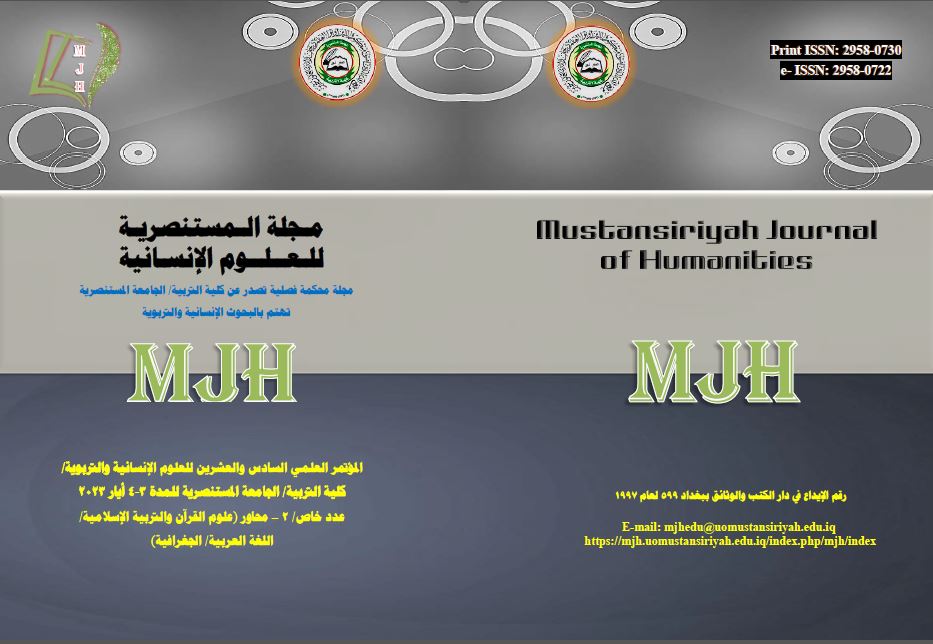Geopolitical analysis of the energy pipelines map in Iraq
DOI:
https://doi.org/10.47831/mjh.v1iخاص/الجزء%20الثاني.213Abstract
Oil and natural gas are among the most important sources of energy, and they are the most consumed elements for their entry into most human activities. Iraq’s capabilities helped it enter the world markets a long time ago, and it has been interested in exporting oil through pipelines since the beginning of its oil export. Its geographical location has contributed to that, and even led to a multiplicity of Pipeline paths, what is the impact of natural and human factors in determining the directions of oil and gas transport paths in Iraq, and which one has the most impact on the sustainability of the pipeline work, Energy pipelines work to support and enhance Iraqi exports as well as diversify supply routes towards global markets, It is also working to provide a permanent export outlet for transit countries, whose geographical location represents the inevitable path for pipelines to global markets.
and Iraq has established several pipelines in different paths, most of which were aimed at reaching the coasts of the Mediterranean through (3) countries: Turkey from the north, Syria, Lebanon and Palestine From the west as well as the Red Sea route through Saudi Arabia. And that all these paths try to avoid the Arabian Gulf and some sea straits in order to reach the western markets in Europe and America, and one of the most important findings of the research is that most of the oil and natural gas export pipelines do not continue in service due to the human variables related to the wars fought by the previous government, Except for the Kirkuk-Ceyhan oil pipeline, which the Iraqi government is likely to dispense with for reasons related to the problem of disputed lands between the central government and the Kurdistan Regional Government. The geopolitics that may result from accepting one path at the expense of another, and an attempt to involve major energy companies in the implementation.
Additional Files
Published
Versions
- 2023-09-02 (2)
- 2023-09-01 (1)





